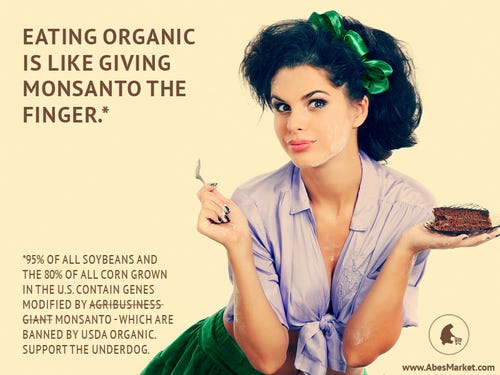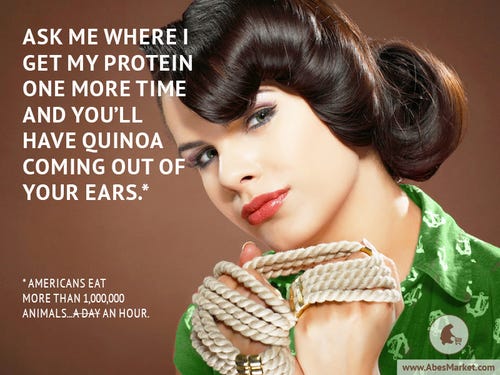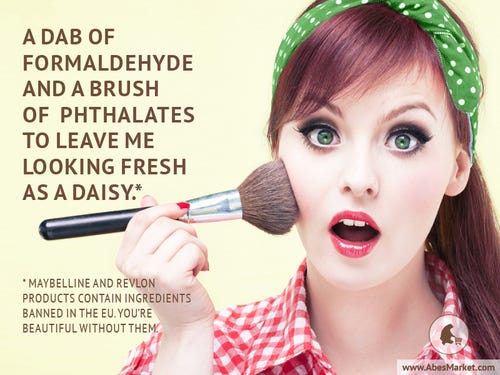How you can (successfully) educate teens & tweens

Suffice to say, the modern natural food industry has progressed from its hippie beginnings. The food that was once resigned to earth mamas and Woodstock revelers (buckwheat, brown rice, tempeh) has been reformulated and repackaged into sleek, clean containers. Consider any of the sophisticated, eye-catching package designs found at Expo West 2013, and it’s axiomatic that natural food manufacturers have figured out how to update their image. (Celebrity involvement doesn't hurt too, such as Jessica Alba’s Honest Kitchen and Ziggy Marley’s Coco'mon.)
Millennials (aged 18 to 32) have embraced these new natural foods and products, perhaps in response to a Pollan-esque education on food practices and distrust of inauthentic food conglomerates. But what about the generation after Millennials? What about teens and tweens?
There's not a lot of research on how teens relate to the natural industry (there’s something about Millennials’ estimated purchasing power of $170 billion that makes them a more appealing study subject). But teens and tweens—a demographic that has yet to find a catchy nickname—are the future natural consumers. Already, teen-focused sustainable groups like Teens Turning Green (TTG) are inspiring young people to advocate for safe consumer products. One TTG campaign aimed to banish lead from lipstick. Another program, "Eco Top Chef," empowers young people to eat conciously.
Teen talk
Let’s give props to natural online retailer Abe's Market, who recently launched a Tumblr page tailored for younger female demographics. Dubbed “Dishing Dirty” these pin-up style photographs depict cool, quirky-looking girls (who seem to be a mashup of Rosie the Riveteer and Jess from “New Girl”) relaying information about vegetarianism, sustainability, and chemicals in food and cleaning products. The photographs are perfect for sharing on websites like Pinterest and Facebook.
I love the "Dishing Dirty" campaign, not only because these types of pithy materials are designed to inspire, but also because it’s a great example of how retailers can inform people who may not be their target consumers quite yet, but will certainly be so in the future. With comprehensive education, by the time teens are Millennials natural living could be the norm, rather than the exception.
Take a look at the campaign below, and let me know how you’re relating to younger shoppers in your store.





About the Author
You May Also Like





